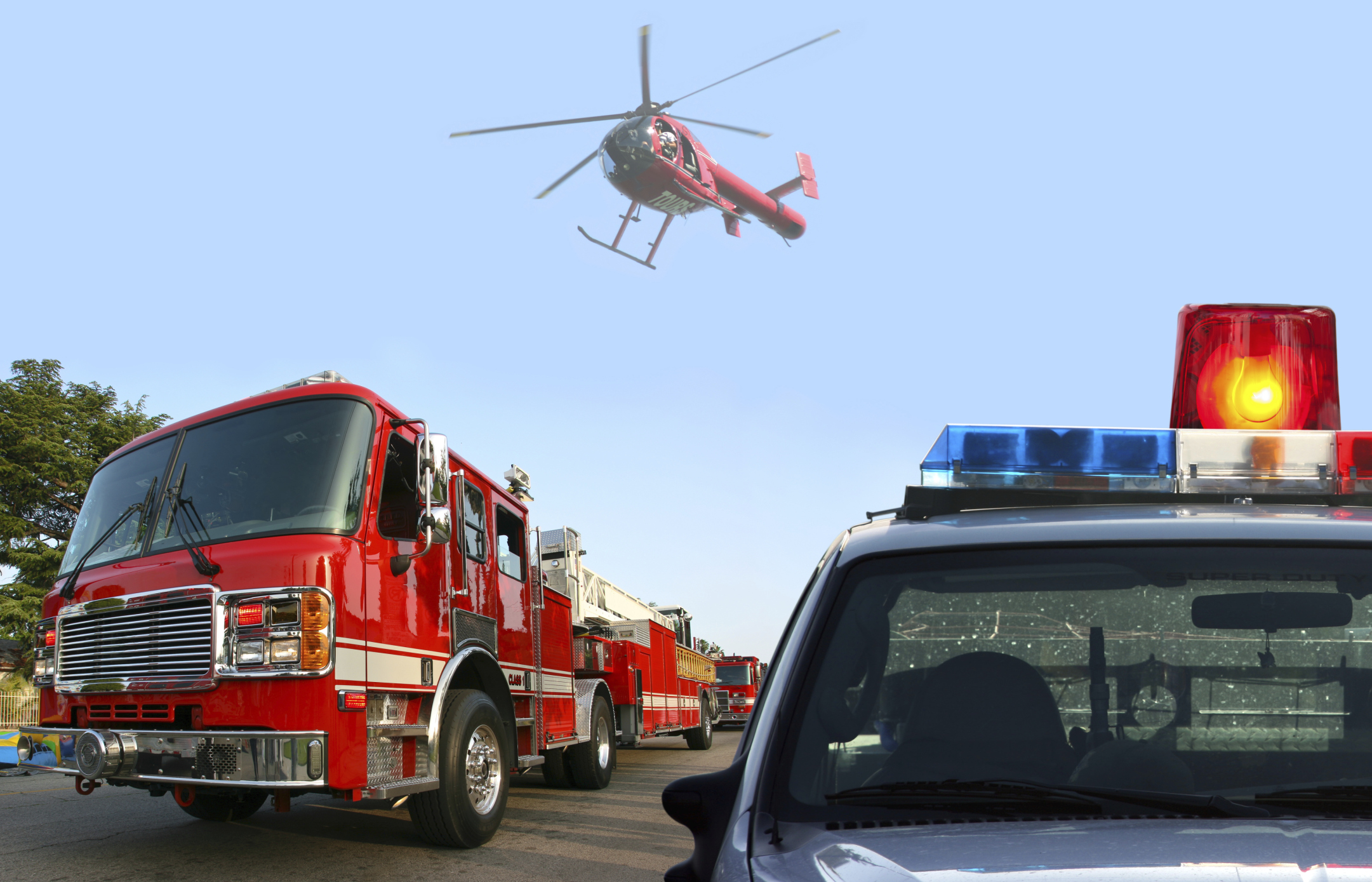Disaster Preparedness

Good planning can help keep your family safe in a disaster or emergency. The Insurance Institutes of America offers a mobile app titled "Know Your Plan" to assist you in preparing for disasters. For information on obtaining the app,
visit the Institutes iTunes store. To plan for a disaster, create an evacuation plan, an emergency kit, and stay informed of emergency information before, during, and after a disaster occurs.
Prepare an Emergency Kit
Create an emergency kit, make sure all family members know the location of the kit, and keep it in an easily accessible location. When stocking your kit, include at least a three-day supply per person. The following are recommended items to include in your emergency kit:- Drinking water
- Nonperishable food (for your family and pets), utensils, and other food-related items, such as a can opener
- First-aid kit, prescription medications, and over-the-counter medications (for your family and pets)
- Portable, battery-powered radios and flashlights, including replacement batteries
- Clothing for all family members
- Blankets and sleeping bags
- Maps of your local area and surrounding areas, in case you must evacuate outside of your local area
- Emergency family contact names and numbers, including physicians and veterinarians
- Your insurance contact information and policy numbers for health insurance, auto insurance, and homeowners insurance